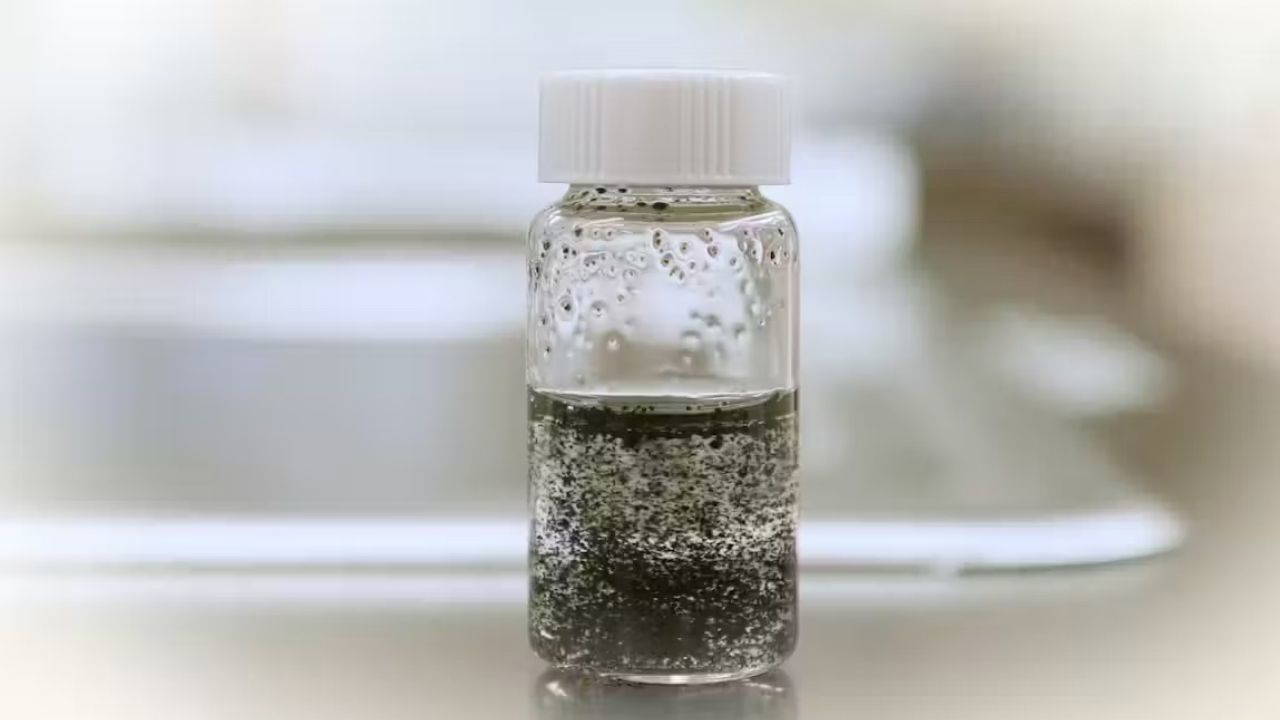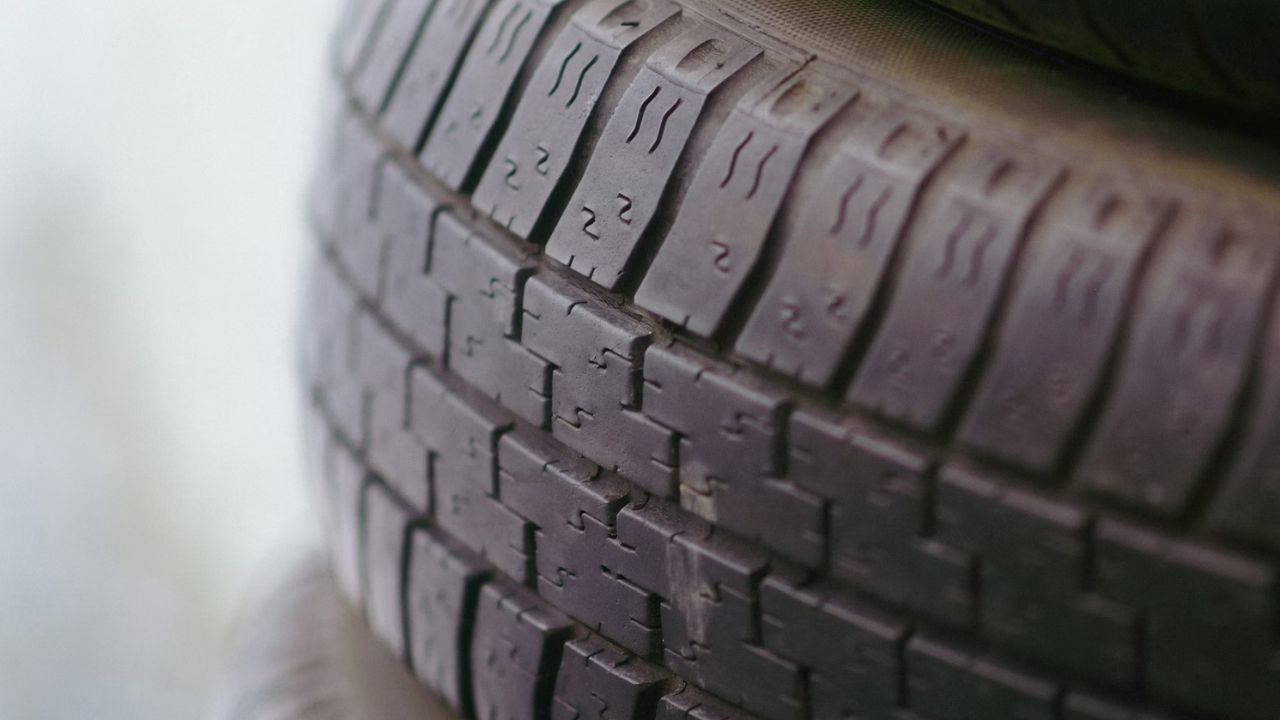One of the biggest sources of plastic pollution is vehicle tires!

Every few years, the tires on your car wear down and need to be replaced. So where does this lost rubber material go? The answer is usually waterways. Tiny microplastic particles that break off from the tires' synthetic rubber contain chemicals that can be passed on to fish, crabs, and perhaps even humans who eat them.
As analytical and environmental chemists, we are working on ways to eliminate these microplastics (and the toxic chemicals they contain) before they reach waterways and the aquatic creatures that live there, Popular Science Turkish reported.
Microplastics, macro problemMillions of tons of plastic waste enter the world's oceans every year. Wear particles from tires were recently found to account for approximately 45% of all microplastics in both terrestrial and aquatic systems.
As tires roll over roads, they shed tiny microplastics. Rain washes these worn-out tire particles into drains, where they are carried into streams, lakes, rivers, and oceans.
Along the way, fish, crabs, oysters, and other aquatic life frequently find these worn-out tire particles in their diet. With each bite, the fish consume highly toxic chemicals that can affect both themselves and the creatures that eat them.
Some fish species, such as rainbow trout, brown trout, and silver salmon, are dying from toxic chemicals linked to worn tire particles.
Researchers found that more than half of the silver salmon returning to streams in Washington state in 2020 died before they could reproduce, largely due to the chemical 6PPD-Q. This chemical, derived from 6PPD, is added to tires to help prevent them from decomposing.

But the effects of worn tire particles aren't limited to aquatic organisms. People and animals can be exposed to airborne tire particles, especially those living along major highways.
A study conducted in China found the same chemical, 6PPD-Q, in the urine of children and adults. While the effects of this chemical on the human body are still being investigated, recent research suggests that exposure to this chemical can damage multiple organs in humans, including the liver, lungs, and kidneys.
In Oxford, Mississippi, USA, we identified more than 30,000 worn tire particles in 24 liters of rainwater collected from roads and parking lots after two rainstorms. We suspect this number could be much higher in high-traffic areas.
The Interstate Technology and Regulatory Council has recommended that alternatives to 6PPD-Q be identified and used in tires by 2023 to reduce the amount of 6PPD-Q in the environment. But tire manufacturers say no suitable alternatives have yet been found.
What can people do to reduce the harm?At the University of Mississippi, we are experimenting with sustainable ways to remove worn tire debris from waterways using accessible and low-cost natural materials derived from agricultural waste.
The idea is simple: capture worn tire particles before they reach streams, rivers and oceans.
In a recent study at our test sites in Oxford, we discovered that pine wood chips and biochar (a form of charcoal created by burning rice hulls in a limited-oxygen chamber, a process called pyrolysis) were able to capture around 90% of worn tire particles in runoff water.
Biochar is a well-recognized material for removing pollutants from water due to its large surface area and pores, abundant chemical bonding groups, high stability, strong adsorption capacity, and low cost. Wood chips have also been shown to remove pollutants due to their rich composition of natural organic compounds. Other scientists have also used sand to filter microplastics, but its removal rate remains low compared to biochar.
We designed a biofiltration system using biochar and wood chips in a filter suit and installed it at the mouth of a discharge outlet. We then collected rainwater runoff samples over a two-month period and measured the wear tire particle concentration before and after the biofilters were installed during two storms. We discovered that the wear tire particle concentration decreased significantly after the biofilter was installed.

The unique long and pointed nature of worn tire particles makes it easier for them to become trapped, or held, in the pores of these materials during a storm event. Even the smallest worn tire particles were trapped in this intricate network.
Future use of biomass filtersWe believe this approach has strong potential for large-scale use in reducing worn tire particulate pollution and other pollutants during heavy rains.
Because biochar and wood chips can be obtained from agricultural waste, they are relatively cheap and readily available to local people.
Long-term monitoring studies, particularly in high-traffic environments, will be necessary to fully determine the effectiveness and large-scale applicability of this approach. The source of the filtering material is also important. There have been some concerns about whether raw farm waste, which has not undergone pyrolysis, releases organic pollutants.
Like most filters, biofilters need to be replaced over time (and used filters disposed of properly) because contaminants build up and the filters deteriorate.
Plastic waste harms the environment, food, and potentially human health. We believe biofilters made from plant waste could be an effective, relatively inexpensive, and environmentally friendly solution.
Cumhuriyet




